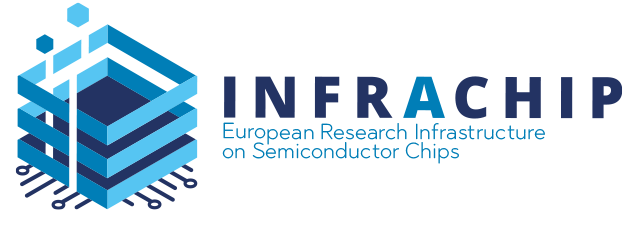The COVID-19 pandemic and chip supply shortages have put the spotlight on the critical Semiconductor technology whose market is projected to grow from $590bn in 2021 to over a trillion US$ by 2030. Continuous innovation in design and manufacturing is required to maintain the competitive advantage of semiconductor products, hence, this is one of the most research-intensive industries. It is estimated that around 20% of revenue across the entire semiconductor value chain goes into Research & Development (R&D).
A research cycle of ten years followed by another 10 years of development is quite common before a concept for a new material (e.g., high-k dielectrics), a new manufacturing process (e.g., atomic layer deposition) or a disruptive technology paradigm (e.g., multi-gate transistors) find their way into mainstream industrial production.
However, interdisciplinary challenges and rising costs make it impossible for smaller research groups and innovative SMEs to either develop all necessary expertise and platform technologies or afford multi-million-euro equipment matching their diverse needs.
A struggle for innovators – leading academics and technologists alike – is the increasing complexity of semiconductor technologies that requires the integration of new non-standard materials into the fabrication process and a full range of heterogeneous components aiming at long-term sustainability and increased functionality.
![]()
